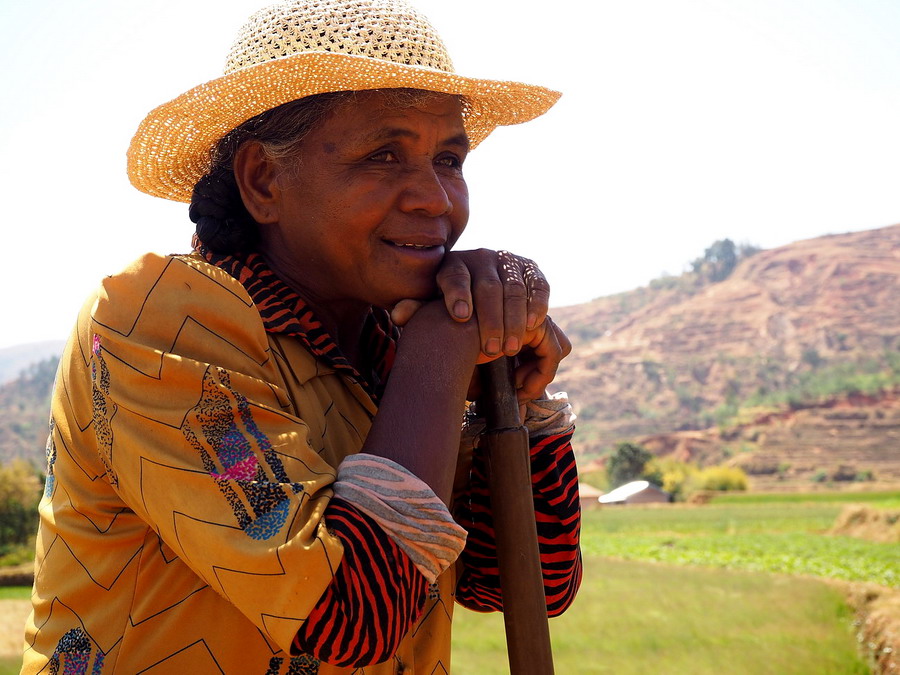If your wish is to walk among thousand year old baobabs, to have ring-tailed lemurs jumping on your back and to meet medicine men, your best shot is Madagascar. The country doesn’t give in easily, but it’s worth overcoming the difficulties because it offers experiences you can’t find elsewhere.
I’d been eyeing Madagascar for a long time, but it didn’t seem like an easy win. There are relatively few tourists and from the sporadic travel descriptions, it was clear that it isn’t easy to visit. In cases like this I always wonder: is the lack of touristic infrastructure the reason for low tourist numbers or are there no tourist services because there are few visitors? A typical “which came first: the chicken or the egg” situation.
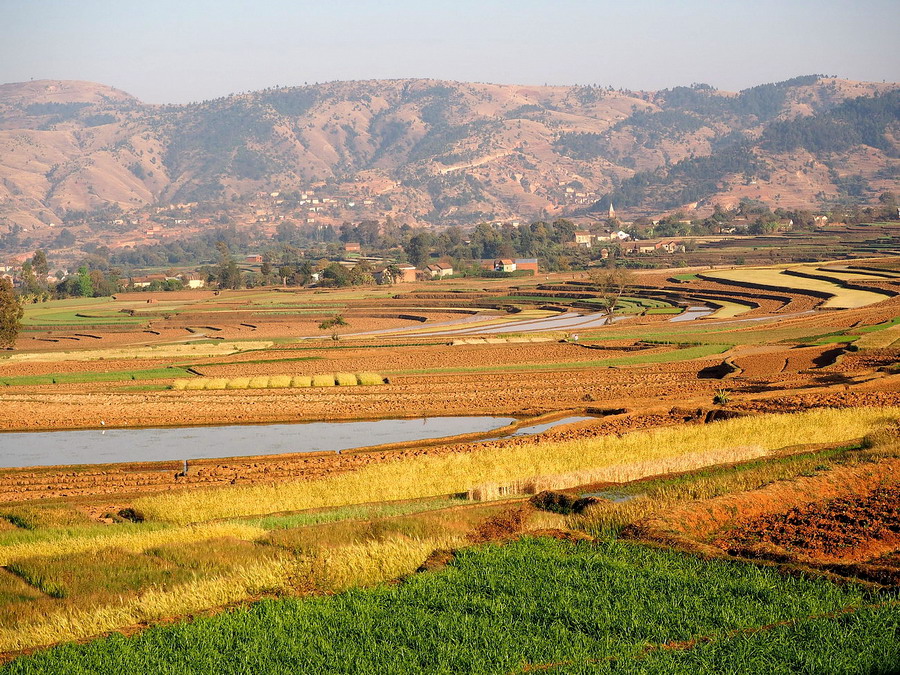
Madagascar is not full of tourists
The bottom line: if you want to tour the whole country, you either need a lot of time or lots of money. Distances are quite big and there are no comfortable long-distance buses. If you want to avoid domestic flights, then you have local minibuses. These depart when they are full and, in Madagascar, the idea of full is very different from ours!
So you either need lots of patience and time, or you can lean on a local travel agency. However, these agencies know exactly how complicated backpacking is around here and since competition is scarce, they shamelessly demand high prices for trips that don’t even come close to luxurious levels.
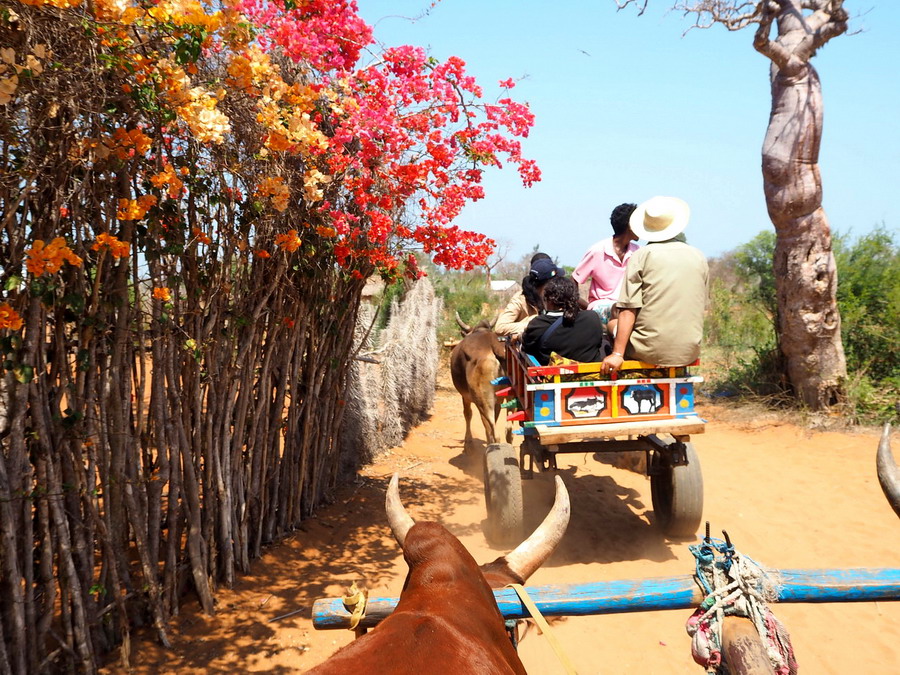
The solution has to be a compromise. In my case it was joining a tour with a Canadian travel agency (G Adventures, book via STA Travel Hungary), and therefore I only visited a part of the country. Unfortunately I had to skip Tsingy de Bemaraha National Park. But I was happy that I could admire from up close my beloved baobabs and the ring-tailed lemurs (for which Madagascar is the only natural habitat in the world).
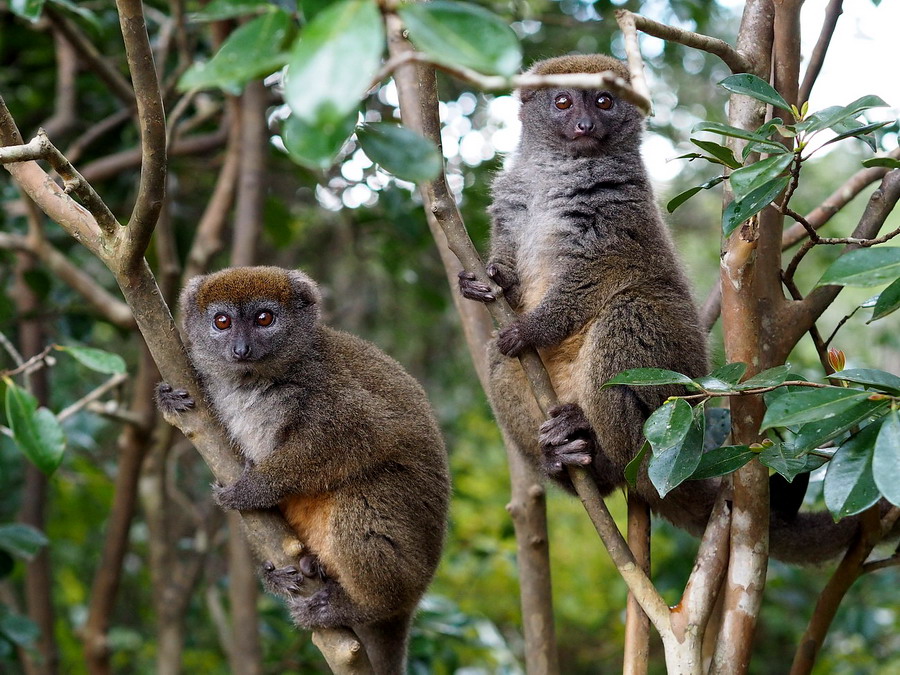
To start with, the president of Madagascar greeted me personally
Our plane was still grounded in Paris, when I noticed that an increasing number of people were trying to get a glimpse of a man sitting in the first row. One passenger went as far as to whisper something to the stewardess, who was a little puzzled, but still went to the man and gave him the message. The man then stood up, shook hands with the curious passenger and had a photo taken with him.
Gradually more and more people took courage and also asked for photos. The makeshift photographer was a bodyguard looking fellow and despite a never-ending row of passengers handing over their cameras and cell phones to him, he stayed as cool as a cucumber. By now I was really curious to know who this famous man was, so I asked my neighbour. “He is the President of Madagascar”, came the reply.
Being there, I too asked for a photo with him, and told the President with the unpronounceable name that I came from Budapest. “I have heard many nice things of your city, but unfortunately have not been there yet” came the reply. I was happy he actually knew where Hungary was. He then asked where I’d be travelling and wished me a pleasant journey.

World Heritage site check
It’s an old habit of mine – to arrive a few days early, if I travel with a group. I got into this habit when I arrived once on a tight schedule, and missed my connecting flight to Guatemala due to a snow storm. I was a rookie traveler back then, and got scared when it turned out the group had left without me. I chased after them with local buses, which ended up being an adventurous but successful idea.
So now I had two days to get acclimatized before the others arrived. I used one of those two days to visit the old Royal Palace, Ambohimanga, which was an hour’s drive from the capital and a World Heritage site.
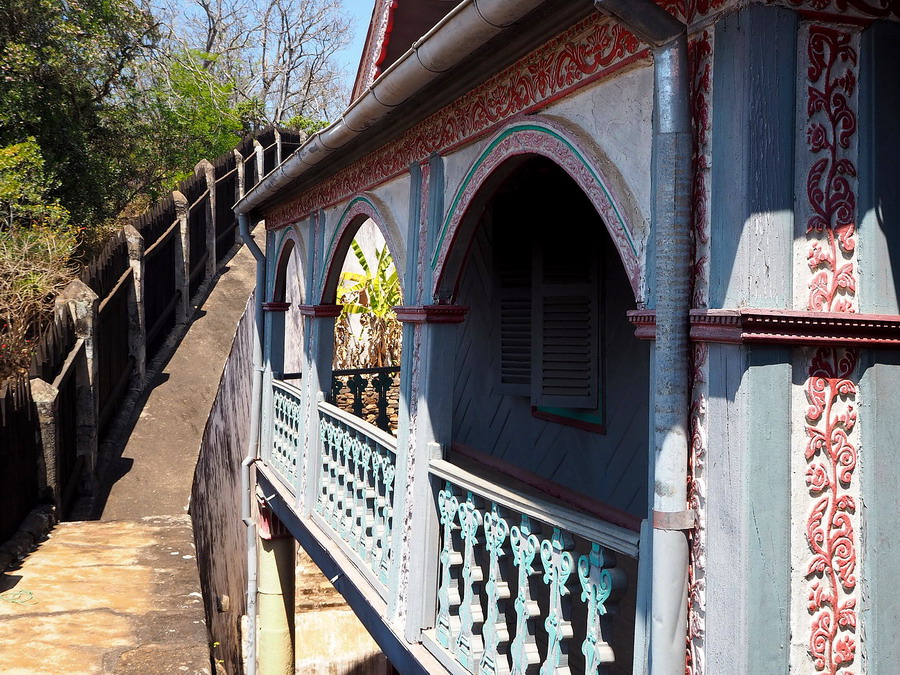
Although the words “Royal Palace” imply something grandiose and fancy, Ambohimanga is a surprisingly modest group of buildings with an undoubtedly magnificent view. Considering how close it is to the Capital and how significant it is to locals, it gets decidedly few visitors and only the minimum number of foreigners, mostly World Heritage fanatics.
When I checked online what impressions travelers had of the Palace, I was surprised to read how many of them mentioned that foreigners had to pay 10.000 Ariary for admissions – 20 times as much as locals. I didn’t really understand the uproar, as it is only around $3 US per ticket. In any other part of the world, when at a national monument of similar importance, one would have to pay many times more than this amount.

I don’t know what the disgruntled people would advise. That the price be raised for locals too? Then the much poorer locals, like school groups, could never enter the Palace. If foreigners paid as little as locals, then there would not be enough money to sustain the monument. I did not mind the entrance fee, or the one hour journey. Apart from the check on my World Heritage list, it was an awesome experience to see rice fields, colorful villages and bustling markets.
Lemur on my shoulders
When I joined the group two days later, we went to the Andasibe National Park straight away. The highlights of the daytime tours were definitely the lemurs. With increasingly numb necks, we tried taking photos of them sitting in the trees or jumping around enthusiastically. During our night tour, we didn’t see much of them in the light of our flashlights, only their eyes flashing red. But we did get close to some much smaller, interesting creatures: tiny frogs, unknown insects and chameleons of varying sizes.

Soon we managed to get up close and personal with lemurs too. There is a man-made island in the park, where lemurs rescued from homes and now incapable of an autonomous, free life can roam. It used to be popular to keep lemurs as pets, but now it’s forbidden. They can feel free on the island, having a relatively vast forest space, but they cannot get lost, or wander off, so no need to be kept behind bars. Although it is not the same experience as seeing them totally free in their natural habitat, it is very hard to resist the joy when they land on your shoulder looking for bananas in your bag.
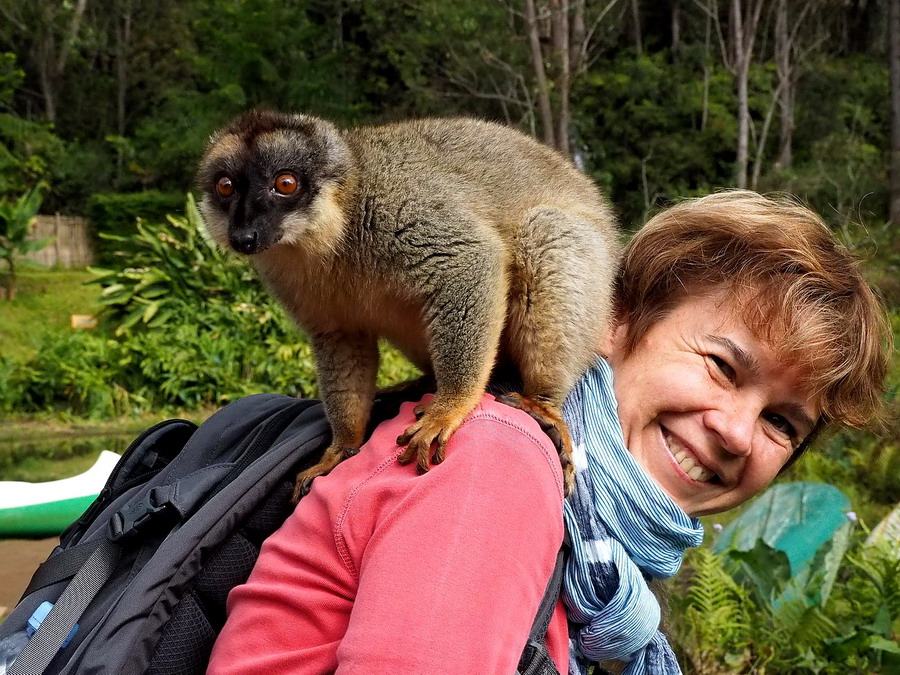
Where the medicine-man heals
To see how people live in the more hidden areas outside of cities, we left our buses and paved roads for two days and took a walk in the countryside. We were housed in the community house of a village for the night, where the villagers happily cooked for us. The money we paid for this trip goes to sustain the local school. We also met the local medicine-man who told us how he diagnoses, heals the sick and foretells events.
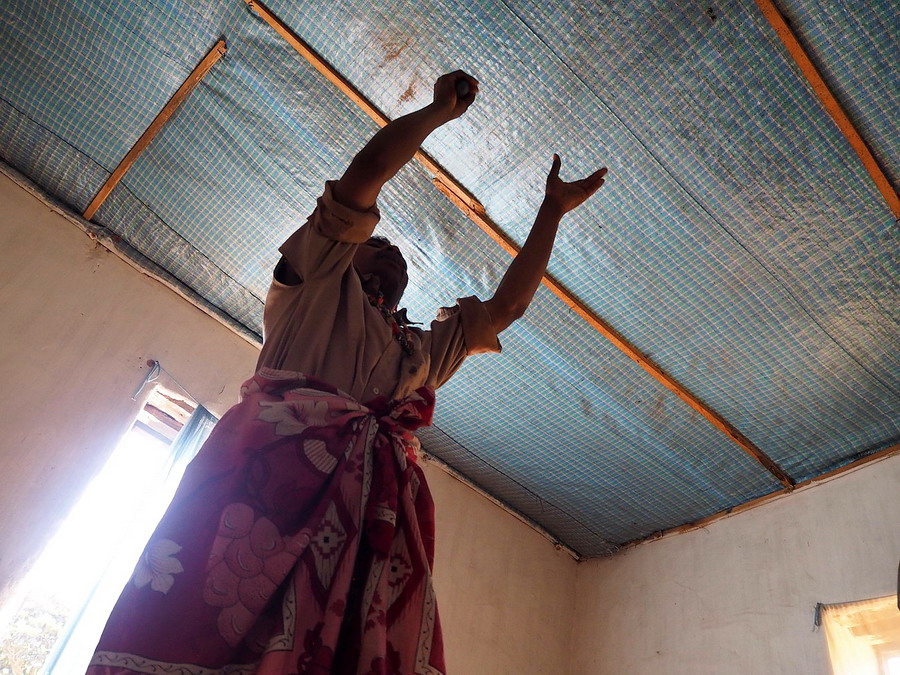
There is scarcely any medical care in the countryside, so the sick turn to the medicine-man most of the time. As there is no social security, it is a real financial burden if someone has to be taken to the hospital. In such cases, the whole village unites and collects the cost, even if they have to sell some land. Extended family i.e., the village community, has a much larger significance than in our modern societies. Agricultural work is done together, houses are built by co-operating groups, and everyone pays attention to the elderly and the sick.
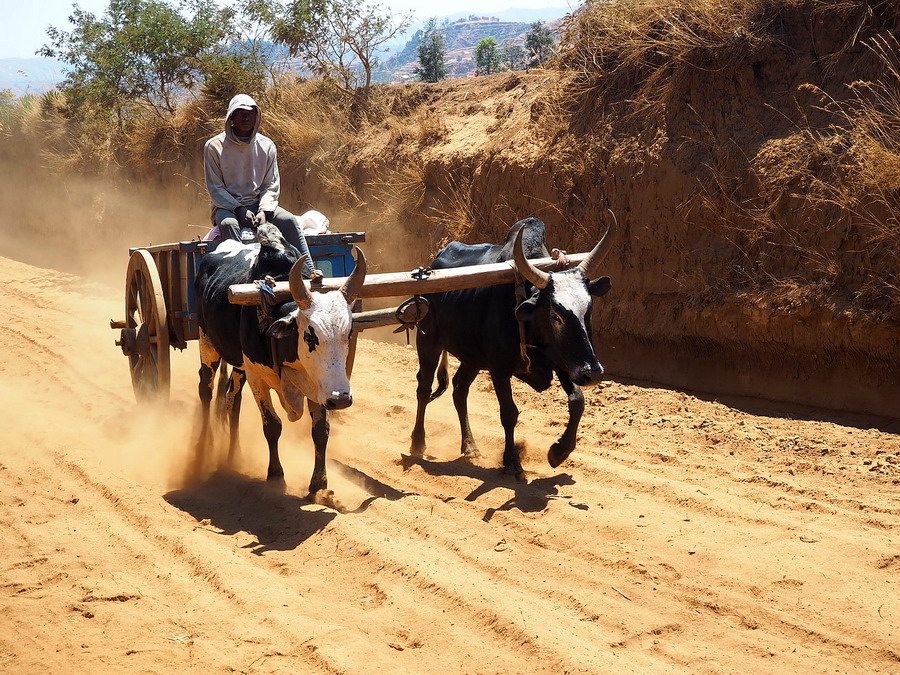
Land of baobabs
At the end of the two weeks, we travelled to the south-western part of the country. This is where we saw the most baobabs. I saw enormous baobabs in Senegal six years ago; in fact I brought home a ten centimeter branch. They promised me in the gift shop, that if I took care of it, in a couple of hundred years it will evolve into a wonderful tree. So far it has grown to five times its original size, but I have no fears of it outgrowing my apartment.
You can find three types of baobabs in the Spiny Forest Ecoregion. The oldest tree is 1200 years old; six of us were needed to hug it. I managed to get a glimpse of a strange, unique world in these two weeks. According to Wikipedia, Madagascar is basically a separate continent, as 90 percent of the species found here are endemic, meaning they cannot be found anywhere else on Earth.
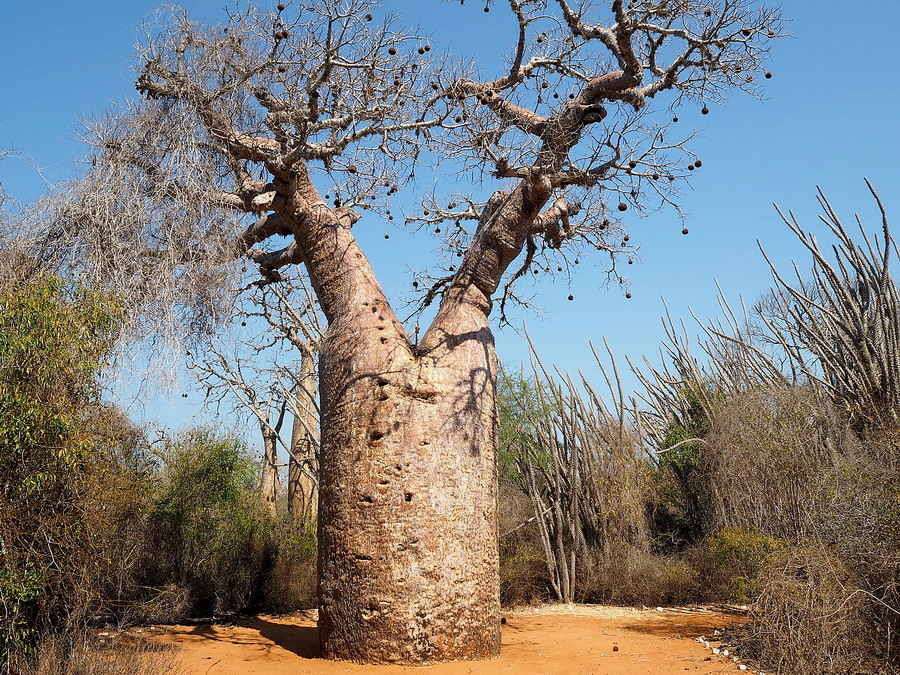
Though it’s not as easy to travel round the country with a backpack as it is in some other countries, it is surely not impossible and it’s definitely safe. Locals are friendly, helpful, the surroundings are wonderful and meeting the lemurs is unforgettable. When I look at my baobab at home from now on, these adorable animals will always come to mind.

